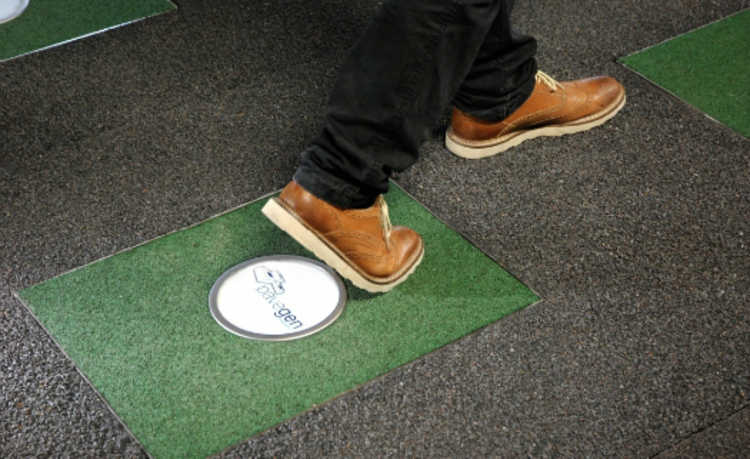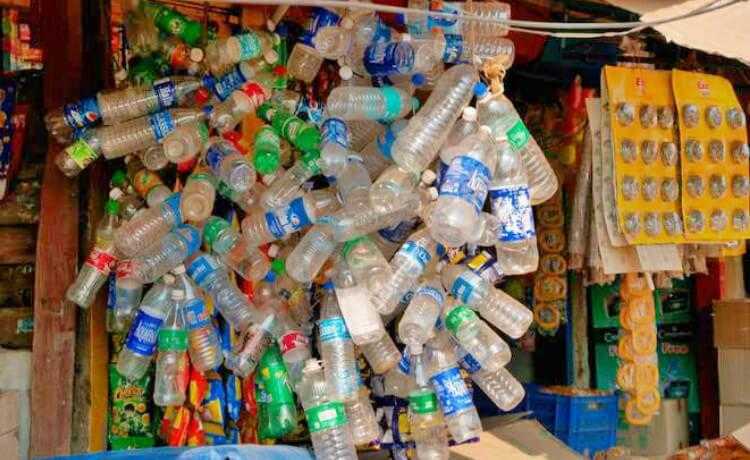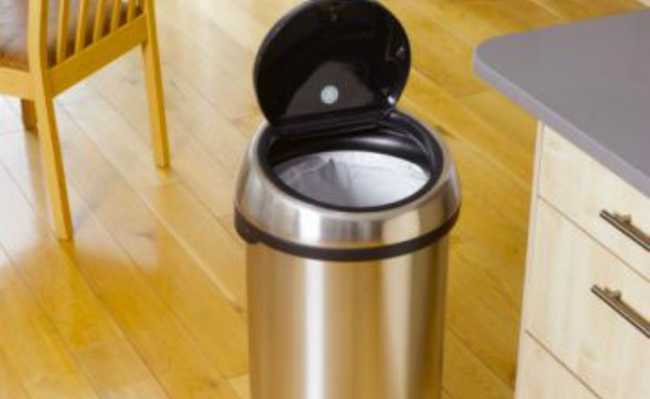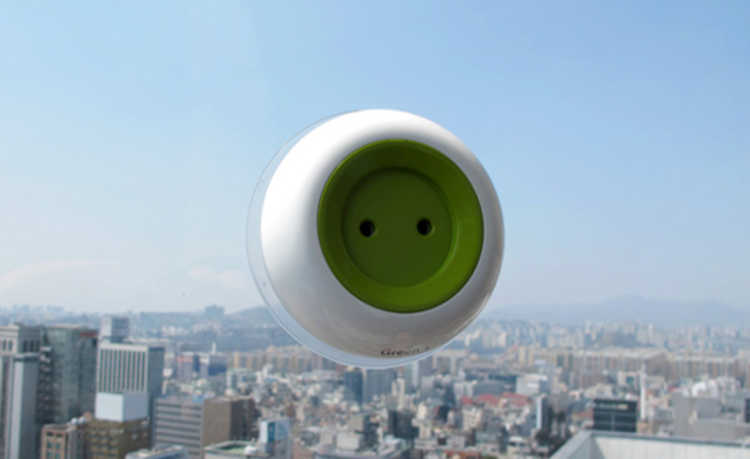Asbestos: what it is and its dangers
Asbestos mineral particles can cause illness even years after inhalation

What is asbestos?
Asbestos is a mineral fiber that has impressive properties: resistance to high temperatures, good insulating quality, flexibility, durability, incombustibility, resistance to acid attack, among others. In addition, the two types of material - coils (white asbestos) and amphibole (brown, blue and other asbestos) - are low-cost raw materials, which led asbestos to be considered the "magic mineral", expanding its use throughout the 20th century. Over time, however, cases of people contaminated by asbestos began to appear, since the human body is not able to expel the inhaled particles of the material.
- Ecological brick: what it is and its benefits
Two decades ago, many tiles, brake pads and water tanks, among other products, were manufactured with asbestos fiber, better known as asbestos, in Brazil. Nowadays, the raw material has already been banned in more than 50 countries - including Brazil - for being proven to be carcinogenic. The World Health Organization (WHO) stated that around 100,000 people die each year from diseases caused by asbestos.
Problems

Edited and resized image is in the public domain and available on Wikimedia
Over time, the “magic mineral” turned into “killer dust”, as we explained in our video above, available on the channel. eCycle portal on Youtube. The constant illnesses caused by workers in the asbestos industry, construction workers, miners and mechanics who deal with brakes were studied and the material's dangerousness was proven.
The problem arises from inhaling asbestos. The fibers in the powder stimulate cell mutations within the body, giving rise to tumors that can cause lung cancer, especially mesothelioma. Asbestos particles, once inhaled, are never released from the body. Lung cancer can appear in an individual 30 years after they have inhaled asbestos dust, making it difficult for doctors to diagnose them accurately.
The other side
In Goiás are concentrated large producers with representation in the national congress. They claim that the type of Brazilian asbestos is pure (white) chrysotile, which would be less contaminating, and therefore its ban should be lifted. Another argument is that asbestos brings “only” occupational problems (originated from work) to workers, as if this were not enough to ban the material.

Edited and resized image by Karol Pilch is in the public domain and available on Wikimedia
However, there is an open field for debate, as the breakdown of asbestos in a domestic situation or incorrect disposal into the environment could cause the consumer to inhale “killer dust”.
But how is asbestos decontaminated? What problems can it cause end users and what to do with your old asbestos tile?
Unsolved disposal
The recommendation is that asbestos be disposed of together with toxic waste, in specialized landfills. Asbestos is a hazardous material and cannot be reused or recycled. Even though an asbestos tile has a durability of approximately 70 years, this time is minimal if we think about the long term. The environment must not suffer the consequences of irresponsible use that has been going on for 70 years and still poses permanent risks to humans and animals.
Manufacturers contacted by eCycle portal they did not know how to specify a correct way to dispose of asbestos tiles and water tanks.
With all the above findings, the eCycle portal recommends choosing tiles and water tanks that do not use asbestos. There are alternatives that use materials from the burning of fossil fuels, but even so, they are recyclable (in the case of plastics). Not to mention that the oil spent on these items can be saved through the use of fuels such as alcohol, in the daily transportation of vehicles, for example.
To dispose of your products with asbestos, look for Collection Posts or contact the city hall in your city to make the correct destination.










